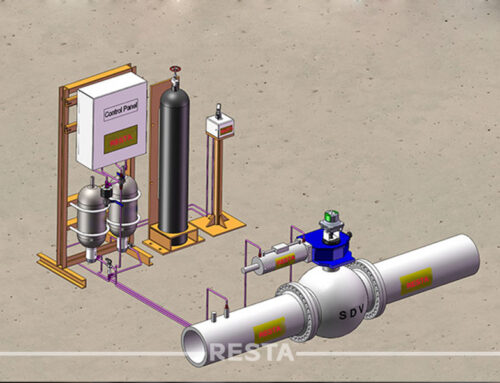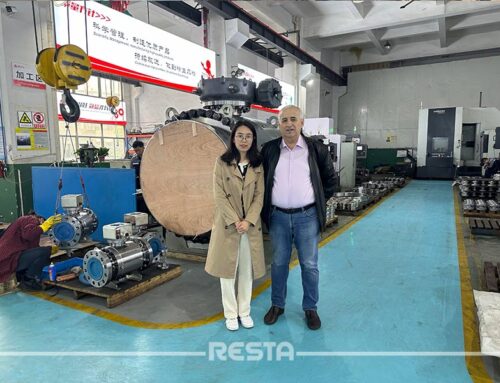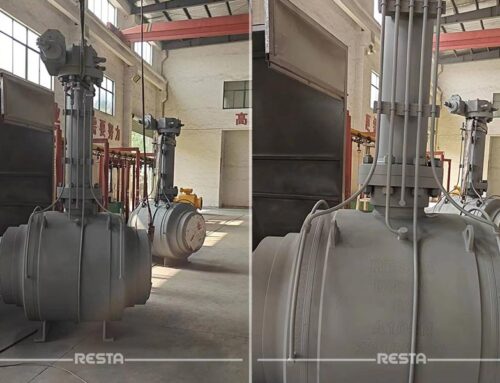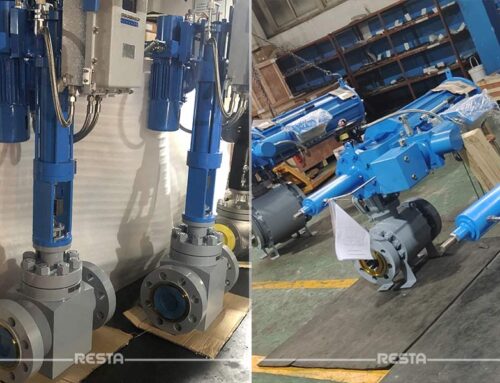Resta has independently developed DBB Ball Valve
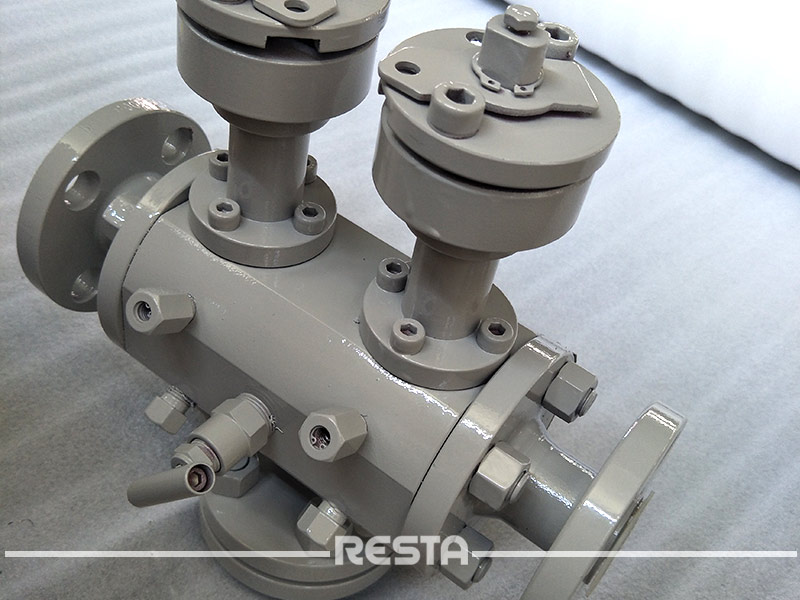
Resta has made a new achievement in technological innovation DBB ball valve. The main feature is that a valve has two balls. It could be open and close together or separately. We call it double block and double bleed ball valve. This type valve could replace the multiple valves in traditional pipelines. In the meantime it could reduce leakage point in pipeline system, with fast discharge and shutdown function. DBB ball valves can save installation space and reduce pressure of pipeline system. It also could simplify installation procedure and reduce the cost of maintenance. At present, DBB ball valves made by Resta have been put into mass production and used by some end users such as Petro China and Sinopec. It services very well and has been approved by users.
According to the introduction of Resta engineer, the design of double ball valves fully follows the design principles of API6D, PAI6A, ASMEVlll and ASMEB16.34. It has two series, full bore and reduce bore. The full bore DBB ball valve corresponds to the inside diameter of the pipeline, which is good for cleaning pipeline. The fluid resistance of reduced ball valves is much lower than globe valves, and the weight is about 30% lighter than two set of ball valves. And the production cost could be reduced effectively.
DBB ball valve has two types, trunion mounted and floating, with double insolation and discharge functions. The valve has two balls, and one discharge valve (needle valve) in the middle. Valves could be designed with soft seat or metal-to-metal seat. The sealing is reliable and suitable for the Harsh working conditions. Its structure has bolted body and integral body with static-proof, stem blow-out-proof and fire-proof design based on API607/API6FA. The connection could be flange end, NPT threaded end and butt welding end according to the actual working conditions and medium properties. Valves could be operated by handle, worm gear, electric actuator, and pneumatic actuator, etc. It’s suitable for normal temperature, high temperature, low temperature, ultra-low temperature, corrosion resistance, wear resistance working condition.

